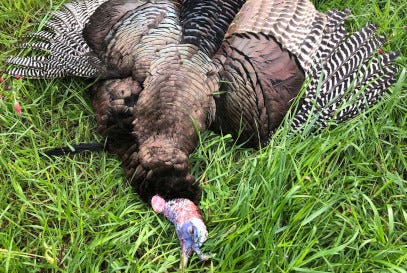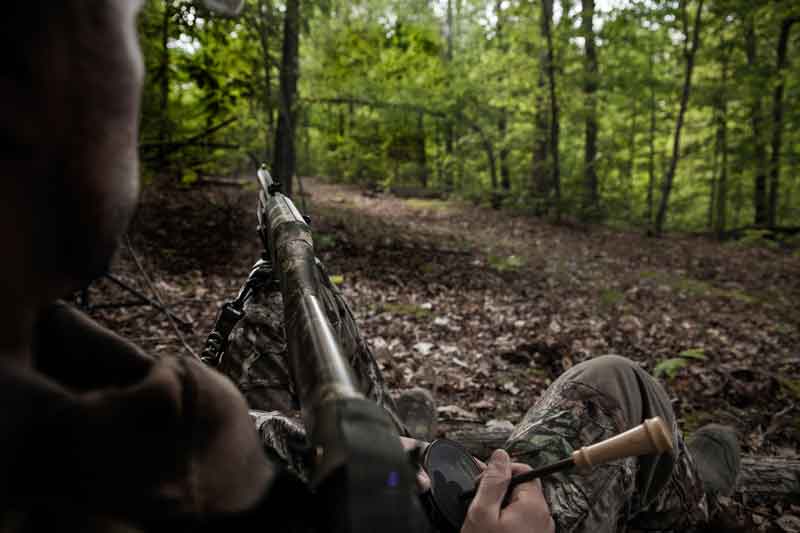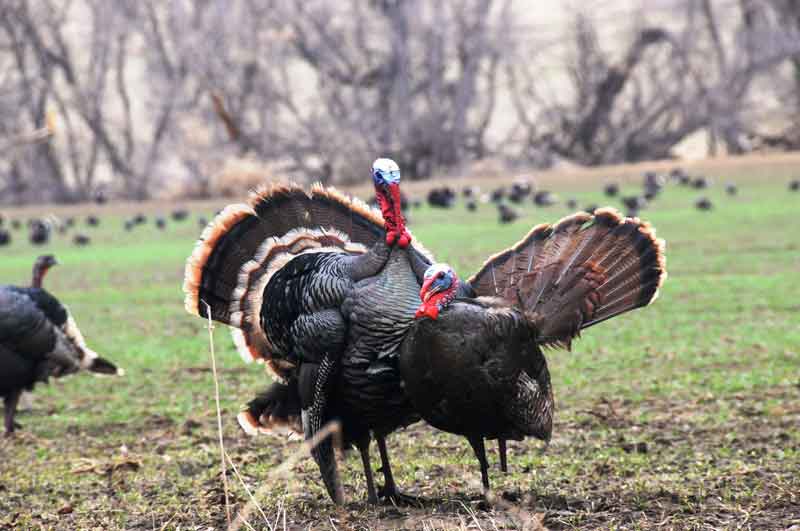- Aug 5, 2013
Act Now to Ensure Fall Hunting Season Success
Fall is rapidly approaching, and soon you'll be in the tree stand, duck blind or hiking up a mountain in pursuit of a big bull and all will be right with the world. Here are some things you can do now to ensure success in a few months.
Deer hunters can do the most during the summer and late summer to up their odds of success this fall. Now is the time to add a food plot to your lease or hunting land. Many deer hunters neglect to create a staging area for bucks. Staging areas are spots where bucks mill around prior to entering a food plot or feeding area. It is best is to improve an existing staging area. Here's how:
At your established food plot or bigger crop land where bucks feed under the cover of darkness, locate the biggest trail coming in from bedding cover. Look 50 to 100 yards to either side of the main trail for a secondary, fainter trail, and follow it back into the timber. If it's an established buck trail, you should find a spot with several rubs and/or scrapes. Often this will be an acorn flat or other open area. This is the established, natural staging area.
Sow some clover or no-till food plot seed in the area. Even if you need to bring in a chainsaw to open it up some, you should be fine. What you're accomplishing is opening up the area and sweetening it to make it more appealing to bucks, which prefer to feed a little while waiting on the security of darkness.
Then, either select a tree for a climbing treestand or hang a hang-on tree stand, with consideration to the prevalent wind direction.
Exit the area and don't return until hunting season.
Another advantageous thing to do is to pattern your deer in a non-intrusive manner using game cameras. Leave your cameras in the field at least a week between visits to cut down on human odor. Focus on several areas: food plots, main trails, funnels and isolated water holes. Using SD cards allows you to slip in, pull a card, insert another, then get out without disturbing the area.
Elk hunters should be well into their shape-up routines as September approaches. Each year plenty of dream hunts are ruined because would-be elk hunters simply cannot keep up the pace that elk hunting requires. A doctor's consultation is the first step to getting into elk shape.
Many elk guides say that it's as much a mental shape up as a physical one. Elk hunters often arrive in camp excited as can be, then after one day of climbing they go sour. It helps to know that if you're going on a mountainous elk hunt it's going to be tough. Steel your mind to the fact that you're not 20 years old any more. It's going to be tough, but you can see it through.
Elk hunters also can continue research where to hunt via the internet. Get coordinates from your outfitter and go to terraserver or Google Maps and get a good look at your hunting area. Look for observation points and funnel areas and put together a plan. Becoming familiar with the land will give you more confidence.
Waterfowl hunters will be sitting and waiting for the flights of ducks and geese to come from the north, but that doesn't mean you should be lazy. Now's the time to make sure your duck decoys and goose decoys are clean, in good shape and tangle-free in the bag. Soap and a rag takes off mud and dirt. Touch up the paint while you're at it. Rewrap the cords and place them carefully back into the bag.
Another thing waterfowlers should be doing now is practicing their duck and goose calling. Get a duck hunting DVD and observe how others are working ducks, then get out your duck call and mimic their sounds. Practicing with your own calls in your own living room gives you confidence and a better sound, something both the ducks and your hunting partners will appreciate.
Practice isn't just for waterfowl hunters. Deer hunters and elk hunters should be practicing shooting at every opportunity, regardless of whether they'll be hunting with archery gear or firearms.



